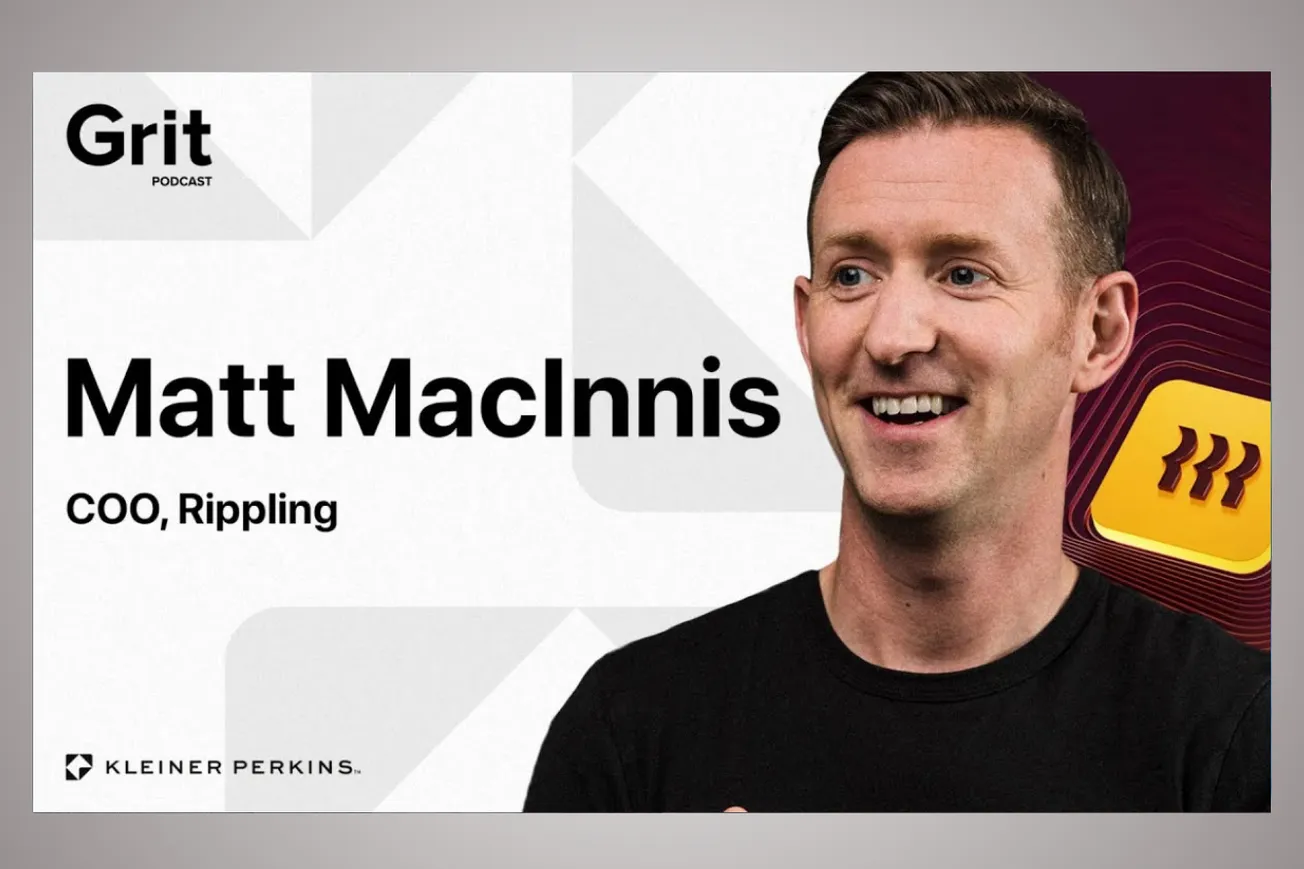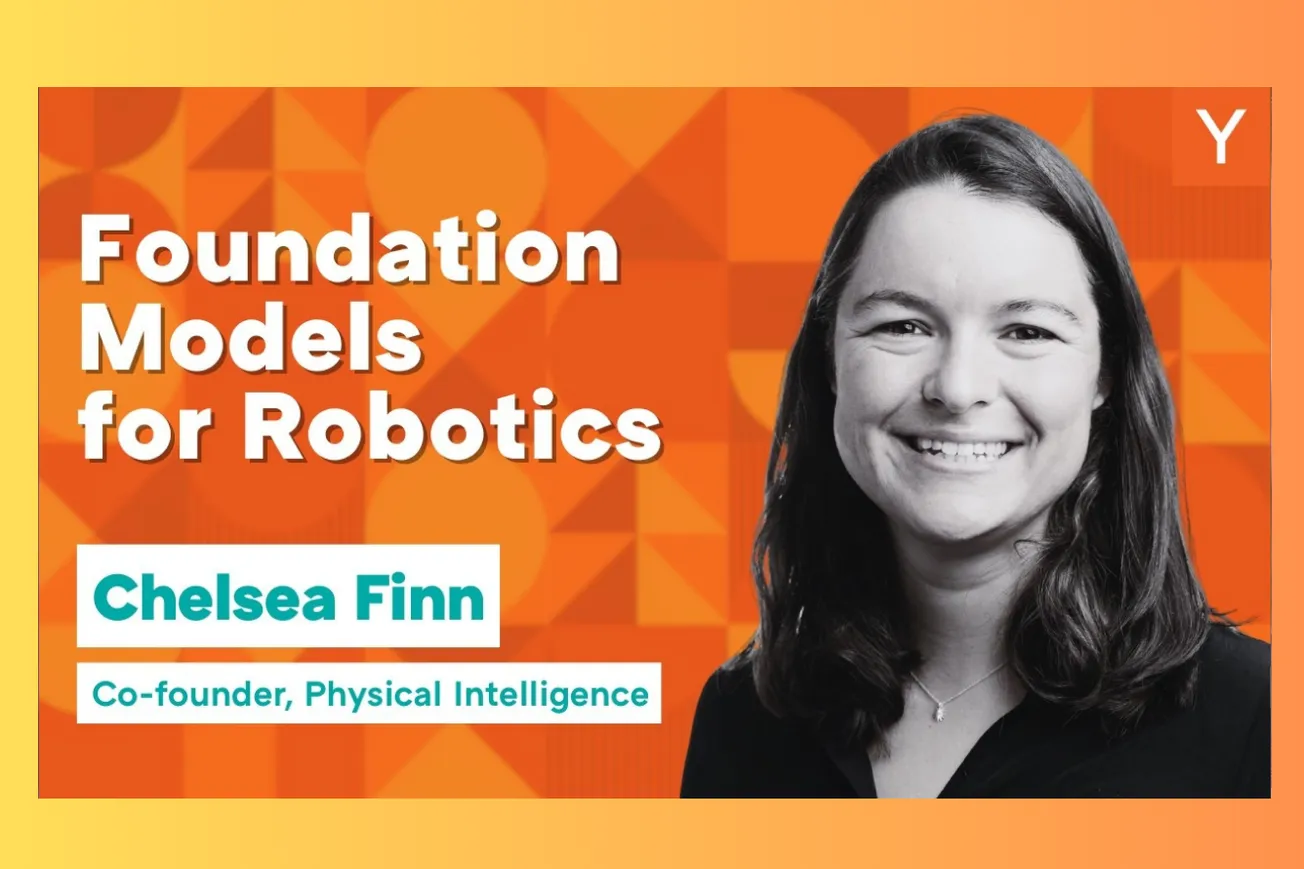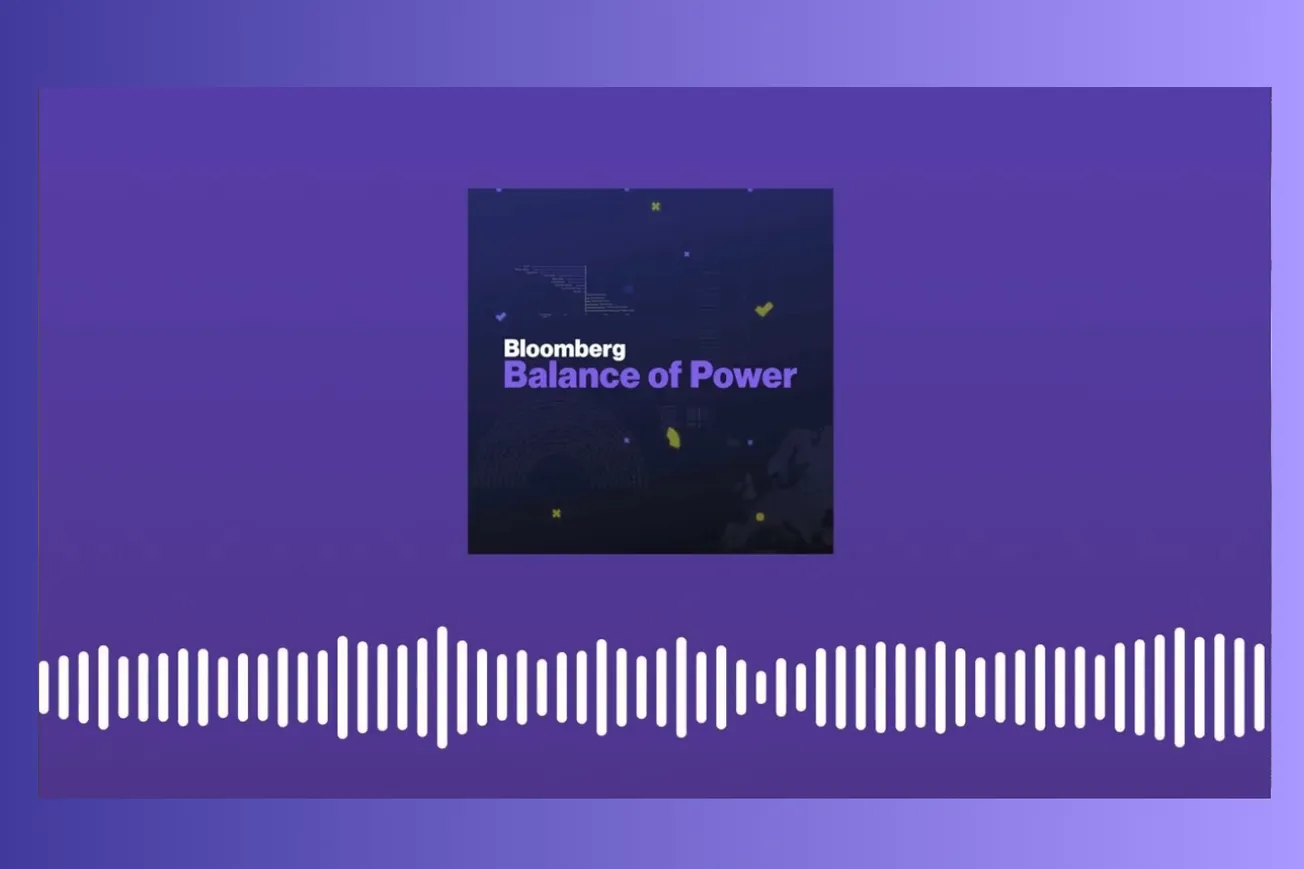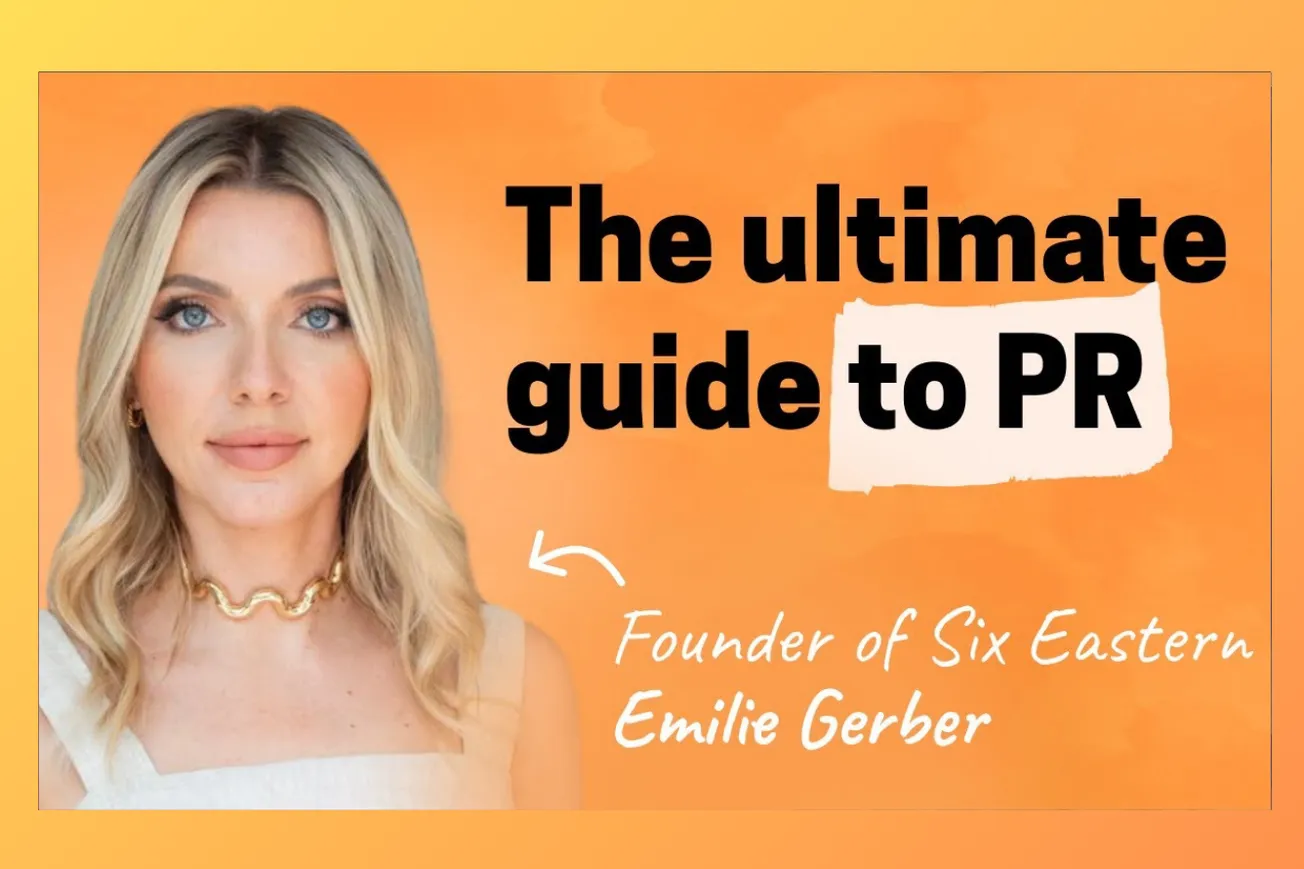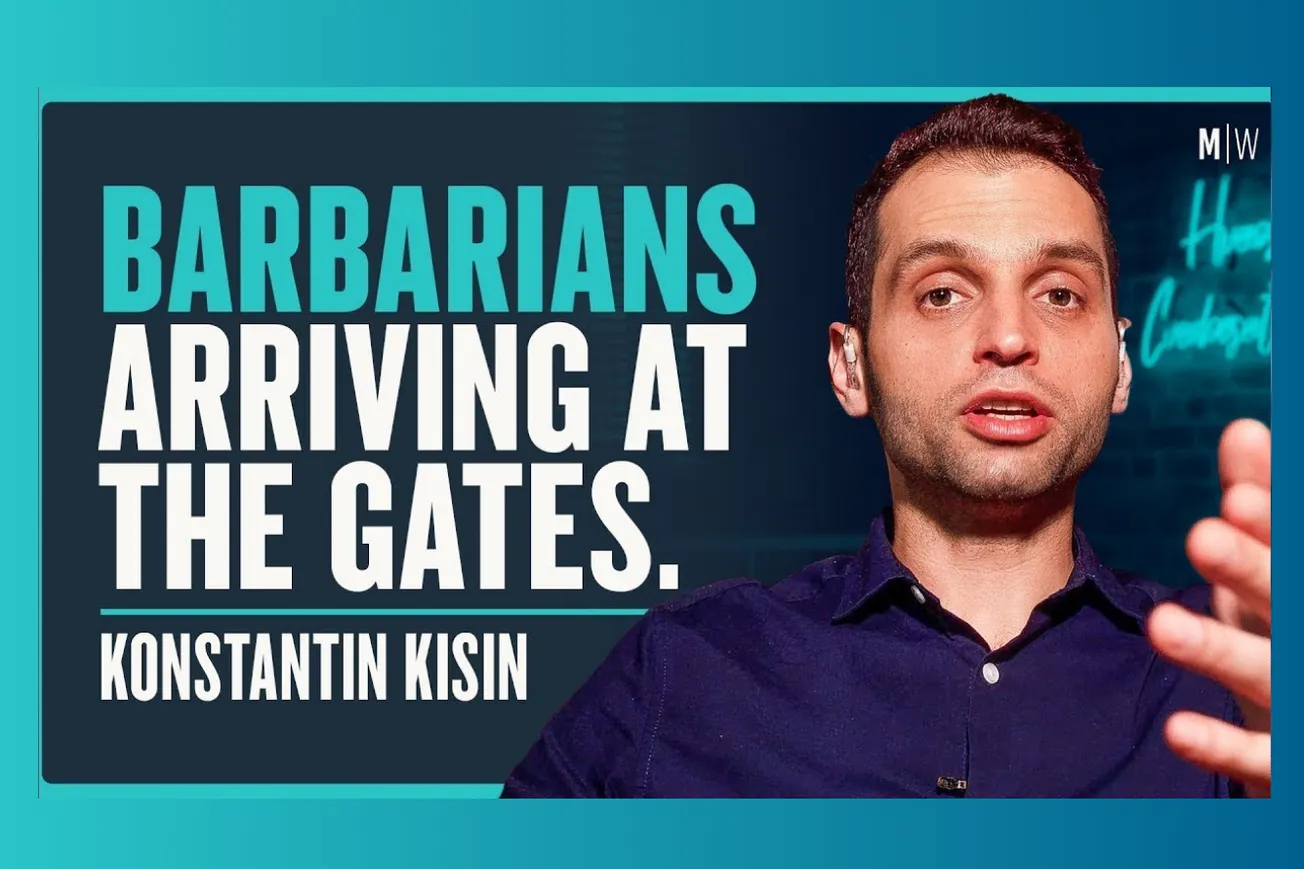Table of Contents
Rippling COO Matt MacInnis reveals how nine years of startup failure prepared him for hypergrowth success, why ego destruction was essential preparation, and how 150 former founders create the ultimate zero-to-one machine.
Matt MacInnis's journey from failed founder to hypergrowth COO demonstrates that ego grinding, product-market fit education, and learning to operate as software around a founder's hardware creates the foundation for extraordinary company building.
Key Takeaways
- True product-market fit feels unmistakable - "like getting on a roller coaster" with no doubt about traction, unlike the uncertain signals most companies experience
- Ego destruction through failure becomes essential preparation for effective leadership - removes need for personal validation and enables focus on company success
- Founders are the "hardware architecture" while executives function as the "operating system" that must adapt to and amplify the founder's natural behavioral patterns
- The "never give up" Silicon Valley wisdom is often destructive - companies should "definitely give up" after one or two pivots when unit economics don't work
- Working for another founder as a former founder provides the "best vacation" - combines empathy with freedom from ultimate responsibility and psychological torture
- Executive success requires immediately "learning the engine" - understanding company details from bottom up rather than importing external playbooks that won't compile
- AI-powered talent evaluation using actual work product (code, calls, emails) provides unprecedented insight into employee performance within first 90 days
- Strong partnerships at home create essential "BATNA" (best alternative to negotiated agreement) that enables professional risk-taking and authentic leadership
Timeline Overview
- 00:00–03:56 — Media Strategy and Storytelling: Rippling's approach to controlling narrative versus staying quiet, lessons from Parker's previous experience with public attention
- 03:56–09:30 — Inkling Foundation and Failure: Nine years building digital textbook company, economic failure but formative personal experience, ego grinding through multiple pivots
- 09:30–14:18 — Contrasting Types of Hard: Failed company grind of being energy source versus hypergrowth grind of 10 PM calls and physical exhaustion
- 14:18–15:56 — Ego Destruction and Inner Voices: Daily discipline of getting up to miss quarterly numbers, fighting internal resistance, learning to accept reality
- 15:56–20:35 — Steve Jobs Meeting and Design Theft: Presenting early iPad textbook designs, Jobs's calculated demoralization tactics, Apple copying Inkling's interface paradigms
- 20:35–24:06 — Silicon Valley's "Never Give Up" Myth: Why persistence advice is often destructive, statistical reality of pivot failures, wishing he had quit earlier
- 24:06–30:17 — Product-Market Fit Education: Learning unmistakable feeling of real traction, Rippling's roller coaster acceleration, avoiding premature scaling mistakes
- 30:17–37:43 — Founder as Hardware Architecture: Cultural operating system that adapts to founder's behavioral substrate, impossibility of importing external company cultures
- 37:43–40:46 — Executive Pilot Analogy: New leaders must understand company "engine" from bottom up, litmus tests for adaptation versus external playbook importation
- 40:46–45:20 — Talent Signal AI Product: Evaluating employee performance through work product analysis, unique data advantages from employment platform integration
- 45:20–49:50 — 150 Former Founders Strategy: Aqua-hiring founder teams for zero-to-one product development, accountability culture that attracts entrepreneurial talent
- 49:50–54:12 — Zero-to-One Product Development: Grab bag of product opportunities, platform advantages that change fundamental product assumptions, structural pricing benefits
- 54:12–1:02:27 — Silicon Valley Bank Crisis Management: Half billion dollar emergency fundraise, operational response to payroll crisis, demonstrating company character under pressure
- 1:02:27–1:07:07 — Daily Operating System: Assistant partnership since 2013, evening preparation routines, one-on-one documentation, discipline through environmental design
- 1:07:07–1:10:30 — Disagreeing with Parker on Details: Aesthetic preferences versus core grain focus, employee experience investments, balancing frugality with workplace quality
- 1:10:30–END — Hiring Philosophy and Defining Grit: Global office strategy, grit as learned skill essential for life satisfaction, necessary ingredient for accomplishment
The Ego Destruction Factory: Nine Years at Inkling
Matt MacInnis's foundational experience came through what he calls an "abject economic failure" that nonetheless provided invaluable psychological preparation for future success. Inkling, his digital textbook company, represented the classic trap of building a company for ego rather than mission.
"A lot of founders start companies because they want to start a company, which is the functional equivalent of saying 'I want to be famous'... I spent my 20s trying to please my 18-year-old self, which in hindsight was not a great use of my life energy." This ego-driven motivation created a destructive feedback loop where business struggles became personal identity crises.
- Starting companies for ego validation creates unhealthy psychological dependence on business outcomes
- The "grinding" of failed companies involves daily discipline to maintain energy while privately doubting success
- Multiple pivots (textbooks to consumer to corporate learning) rarely lead to breakthrough outcomes
- Nine years of struggle taught essential lessons about unit economics, hiring, and corporate finance
The process systematically destroyed his ego: "My ego was ground down to a fine powder through that experience." This psychological transformation became essential preparation for his role at Rippling, where success required subordinating personal needs to company objectives rather than seeking external validation through entrepreneurial achievement.
Product-Market Fit: The Unmistakable Feeling
MacInnis's transition to Rippling provided crucial education about authentic product-market fit versus the uncertain signals most companies mistake for traction. "When you have product-market fit there is no doubt... if you think you might have product-market fit you don't, because product-market fit feels like getting on a roller coaster."
This experiential knowledge became invaluable for pattern recognition in future company building. At Inkling, they never achieved true product-market fit in a large market, despite building impressive technology and earning Apple's attention. The constant uncertainty and need for internal energy generation contrasted sharply with Rippling's unmistakable momentum.
- True product-market fit creates unmistakable acceleration that feels like external force rather than internal push
- Companies without clear traction often mistake small signals for meaningful validation
- Working at a company with authentic product-market fit provides essential "inoculation" against future confusion
- Early-career professionals should prioritize experiencing real traction over starting companies immediately
The educational value extends beyond personal experience to hiring and strategic decisions. "You won't scale prematurely, you won't hire too much, there's all kinds of errors you can avoid as a founder if you have first had a dose of breakneck product-market fit."
Founder as Hardware Architecture
MacInnis developed a sophisticated framework for understanding company culture and executive effectiveness. "The founder is the hardware architecture of the business and then the behaviors of everyone in the company in reaction to that is the operating system." This technical metaphor explains why importing external company practices usually fails.
Culture represents "the collection of behaviors that are acceptable in a given community" rather than abstract values. When executives try to import operating systems from previous companies, "it backfires wildly because it's like trying to move the operating system compiled for the Intel chip over onto ARM without recompiling it."
- Founders create behavioral substrate that determines what management approaches will work
- Company culture emerges from collective adaptation to founder's natural patterns rather than imposed values
- Executive success requires adaptation to existing architecture rather than importing external best practices
- "Founder mode" means allowing founders to "act with impunity in the ways that come instinctively to them"
MacInnis's role involves functioning as operating system software that amplifies Parker Conrad's natural strengths while mitigating downsides. "Parker's got his spikes... I'm the guy who brings maybe a little bit of soul to the whole thing... mitigating the downsides of those spikes so that he can maximize the areas where he spikes."
The Executive Pilot Test
MacInnis uses aviation analogies to explain executive evaluation criteria. Successful pilots must understand engine mechanics, aerodynamics, and regulations because emergencies require troubleshooting capability. Similarly, "an executive coming in to fly your airplane better learn the engine... if you don't observe them immediately going into the boiler room to figure out what the hell's going on, they're not going to be a successful executive."
This bottom-up learning approach contrasts with executives who rely on high-level strategy without operational understanding. The litmus test involves watching new hires' first 90 days - do they demonstrate curiosity about fundamental company mechanics or attempt to apply external frameworks without contextual adaptation?
- Successful executives immediately investigate operational details rather than applying abstract strategies
- Aviation requires understanding underlying systems because failures demand real-time troubleshooting
- Company-specific knowledge trumps generic management experience when systems break down
- Bottom-up learning creates sustainable leadership capability versus superficial pattern matching
The principle extends to Rippling's new AI product, Talent Signal, which evaluates employees based on actual work product rather than credentials or self-reported achievements. "The AI unlike a manager has time to sit there and read literally everything they contribute... it identifies outliers."
The 150 Former Founders Strategy
Rippling's approach to talent acquisition centers on hiring former founders who bring entrepreneurial mindset with reduced ego needs. "The best vacation you can take as a former founder is to go work for another founder because there's empathy and you also don't have to be the freaking founder."
This strategy works because former founders inherently want responsibility and accountability while having learned through experience what sustainable company building requires. They understand both the allure and the costs of ultimate leadership responsibility.
- Former founders naturally seek responsibility and ownership without needing CEO validation
- Shared experience creates empathy between founder CEOs and former founder executives
- Failure experience reduces ego needs and increases focus on company rather than personal success
- Entrepreneurial mindset translates well to zero-to-one product development within larger organizations
The 150 former founders serve as general managers for Rippling's 20-30 different product lines, each requiring zero-to-one development skills. "We have this grab list... here's five areas, what's most interesting to you personally? We don't care which one you pick, we got to build all of them."
Zero-to-One Product Development Machine
Rippling's platform advantages create unique conditions for rapid product development. Rather than testing for product-market fit, new products can leverage existing customer relationships, data infrastructure, and platform capabilities. "We know that if we build Rippling travel, some subset of our customers are going to switch their business to Rippling travel."
This certainty accelerates development by providing known constraints and capabilities. Teams building new products understand baseline platform features available, eliminating uncertainty about core functionality and enabling focus on product-specific innovation.
- Platform businesses can provide product teams with "20 known knowns" that eliminate market validation uncertainty
- Unified customer relationships enable cross-selling without acquiring new logos multiple times
- Integrated data creates product capabilities impossible for standalone companies to replicate
- Structural pricing advantages emerge from bundling that reduces customer acquisition costs
The approach resembles Salesforce's expansion strategy but applied to horizontal business operations rather than vertical sales and marketing functions. "Per employee per year metric... is on the order of 6X the typical SaaS PEPE because our products all live in the same platform."
Silicon Valley Bank: The Ultimate Stress Test
The SVB collapse provided extraordinary validation of Rippling's operational capabilities and cultural strength. With billions in monthly payroll volume flowing through the failed bank, the company faced existential crisis requiring immediate response. "All of the money that we had to collect from customers to pay out to employees was already at SVB... but the outbound payments were all halted overnight."
MacInnis managed internal operations and customer communications while Parker Conrad raised half a billion dollars in emergency funding over a weekend. The crisis demanded unprecedented coordination, transparency, and decision-making under extreme pressure.
- Financial infrastructure crises test operational competence and cultural resilience simultaneously
- Customer communication during emergencies requires balancing transparency with reassurance
- Crisis response reveals true company character to employees, customers, and stakeholders
- Successfully navigating existential threats builds organizational confidence and team cohesion
The experience became formative rather than traumatic because it demonstrated company values under pressure. "We just showed our metal... that we were a company founded on ethics, that we were going to do the right thing by our customer no matter what it took."
Daily Operating Systems and Discipline
MacInnis maintains productivity through environmental design rather than willpower. "I govern my lack of discipline by playing tricks on myself... I end up appearing disciplined to people on the outside but actually it's a massive struggle." This includes eliminating decision points that could derail productive habits.
His partnership with a long-term assistant creates essential infrastructure for complex executive responsibilities. "Every night she sends me what she calls my daily list... everything I have to be ready for for the following day... links to every document I need to read for any particular meeting."
- Environmental design eliminates willpower depletion by removing tempting choices
- Long-term assistant relationships create institutional knowledge and personal understanding
- Evening preparation routines enable focused execution rather than reactive scrambling
- Half-day weekly blocks without meetings provide essential deep work time
The routine includes structured one-on-ones where both parties prepare agenda items and priorities in advance. "All one-on-one docs get filled out the night before by me and by them... they put in their top three, I put in my top three."
The Aesthetic vs. Core Grain Tension
MacInnis and Parker Conrad represent complementary approaches to company building - aesthetic attention to employee experience versus relentless focus on core business metrics. "I love fresh cut flowers in a beautiful arrangement... Parker is a more core-grained human... he knows what the high-order bits are and he's relentlessly focused on the high-order bits."
This tension creates productive balance between employee experience and operational efficiency. MacInnis advocates for investments in workplace quality, catering, and onboarding experience while Parker maintains frugal discipline around expense growth.
- Aesthetic sensibility enhances employee experience and retention but requires cost-benefit analysis
- Core grain focus prevents expense creep and maintains operational discipline
- Productive disagreement between leaders creates balanced decision-making rather than single perspective dominance
- High-order bits (product, customers, revenue) must take priority while supporting elements enhance execution
The disagreement extends to office design choices like "Sonos speakers in the bathroom because I don't want to listen to other people in the bathroom... let's listen to some Taylor Swift while we do whatever we're doing there." These details matter for daily experience while potentially distracting from core objectives.
Common Questions
Q: How do you know if you have real product-market fit versus just hoping you do?
A: True product-market fit feels unmistakable, like acceleration on a roller coaster - if you're uncertain, you don't have it. The difference is obvious once experienced.
Q: When should founders consider giving up rather than persisting through challenges?
A: After one or two pivots when unit economics don't work and the cap table is overcrowded - statistical evidence shows pivot companies rarely succeed.
Q: How do former founders successfully transition to executive roles at other companies?
A: By learning the company's "engine" from bottom up rather than importing external playbooks, and adapting to the founder's natural behavioral patterns.
Q: What makes Rippling's talent evaluation AI unique compared to other performance tools?
A: Access to actual work product (code, calls, emails) combined with employment outcome data creates unprecedented pattern recognition for early performance prediction.
Q: How do you maintain discipline and productivity in high-pressure executive roles?
A: Through environmental design that eliminates decision points, long-term assistant partnerships, and evening preparation routines rather than relying on willpower.
Conclusion
Matt MacInnis's journey from failed founder to hypergrowth COO reveals that ego destruction through failure creates essential preparation for effective leadership, while understanding product-market fit and founder dynamics enables sustainable company building at massive scale. His experience demonstrates that former founders can become exceptional executives when they learn to function as operating system software around founder hardware.
Practical Implications for Leaders
- Seek Ego Destruction Early: Experience failure in your twenties rather than later - ego grinding creates psychological foundation for sustainable leadership focused on company rather than personal success
- Learn Product-Market Fit Recognition: Work at companies with authentic traction to develop pattern recognition - unmistakable acceleration feels completely different from internal energy generation
- Adapt to Founder Architecture: Study founder behavioral patterns and design executive approach as complementary software rather than importing external company playbooks
- Implement Environmental Discipline: Use environmental design and preparation systems rather than willpower to maintain productivity - eliminate decision points that could derail good habits
- Master Bottom-Up Learning: Understand company mechanics from operational details up rather than applying high-level frameworks without contextual understanding
- Embrace Former Founder Talent: Hire entrepreneurs who've experienced failure - they bring accountability mindset with reduced ego needs and empathy for founder challenges
- Build Platform Advantages: Create structural benefits that make product development predictable rather than speculative - known constraints accelerate innovation
- Prepare for Crisis Communication: Develop transparent, organized communication systems before emergencies arise - crisis response reveals company character to all stakeholders

